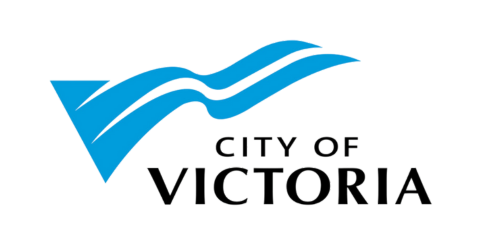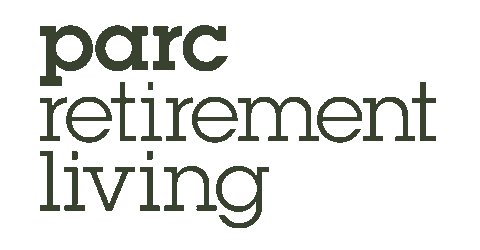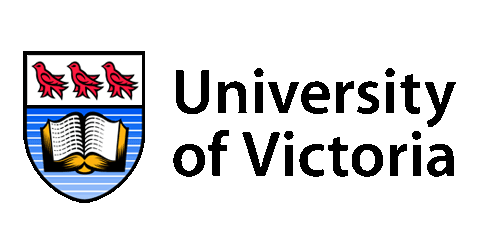Victoria well positioned as ocean innovation hub
The City of Victoria is working with the South Island Prosperity Partnership and the marine sector to explore the idea of an Ocean Futures Innovation Hub. It would be located in Victoria and foster an environment of entrepreneurship building off our region’s existing marine industries and our location on the Pacific. Being home to Ocean Networks Canada, which yesterday announced a $29 million investment from the federal government, is a boon.
The Chamber supports innovation led by business. We look forward to helping build an Ocean Futures Innovation Hub in Victoria.






























